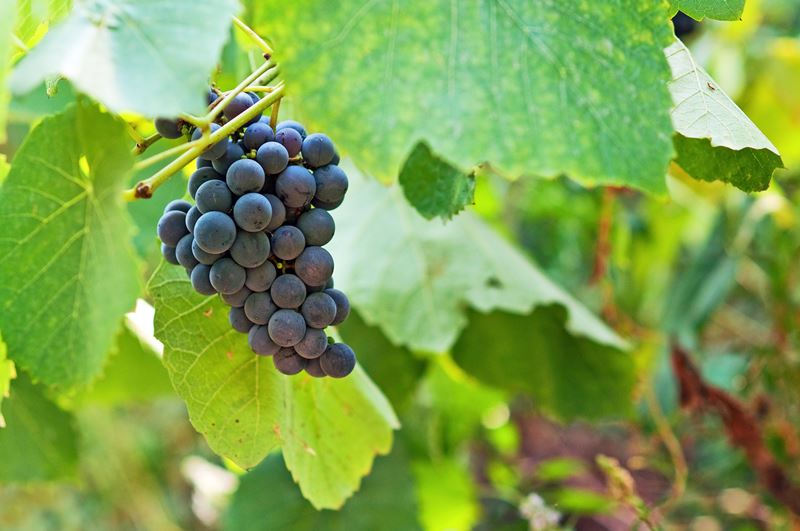How many grapes go into a bottle?
Uncovering how much fruit makes your favorite wine

Have you ever held a bottle of wine in your hands and wondered about the journey of countless grapes that went into creating that elixir? It's a story that begins in the vineyard and travels through the hands of time, weather, and the art of winemaking. Today, let's uncork the details behind how many pounds of grapes it takes to make a bottle of wine and explore how this vital statistic influences the quality of the wine you enjoy.
The Grape-to-Bottle Ratio
At the heart of winemaking is the humble grape, the unsung hero of your favorite red, white, or rosé. To fill a standard 750ml wine bottle, which is the usual size you'd encounter, it takes about 2.5 pounds of grapes. This figure, however, is a ballpark estimate, as the exact amount can vary based on the grape variety, the vineyard's location, and the winemaking style.
The Journey from Vine to Wine
Imagine a vineyard, basking under the sun, rows upon rows of grapevines stretching towards the horizon. Each vine is laden with clusters of grapes, and it's from these clusters that your wine begins its journey. The process from vine to wine is both an art and a science, involving careful cultivation, precise timing, and a touch of winemaker's magic.
Quality Over Quantity
Now, you might be thinking, "If it takes 2.5 pounds of grapes for one bottle, more grapes mean more wine, right?" Well, yes and no. While it's true that more grapes can produce more wine, when it comes to quality, the equation isn't quite so straightforward.
Vineyards that focus on high-quality wines often practice yield management, where the amount of grapes harvested is intentionally limited. This might seem counterintuitive, but there's a method to the madness. By reducing the yield, each grape receives more nutrients and attention from the vine, leading to a concentration of flavors, aromas, and colors in the grapes that are harvested. This concentration is key in producing wines with depth, complexity, and character.
The Role of the Winemaker
Once the grapes are harvested, it's up to the winemaker to transform this raw material into wine. The winemaker's decisions, from the timing of the harvest to the fermentation process, play a crucial role in determining the final quality of the wine. It's a delicate balance, where even the smallest choices can have a significant impact on the outcome.
The Varietal Factor
It's also worth noting that not all grapes are created equal. Different grape varieties can yield significantly different amounts of juice, which in turn affects how many grapes are needed for a bottle of wine. For example, some thick-skinned grape varieties like Cabernet Sauvignon might yield less juice per pound compared to thin-skinned varieties like Pinot Noir.
So, there you have it — a peek into the fascinating world of winemaking and the journey from grape to glass. The next time you savor a glass of wine, remember the 2.5 pounds of grapes and the labor of love that went into creating it. Whether you're a casual enthusiast or a seasoned connoisseur, understanding the nuances behind your wine can deepen your appreciation for this timeless beverage.
Founded in 2007, Vinetur® is a registered trademark of VGSC S.L. with a long history in the wine industry.
VGSC, S.L. with VAT number B70255591 is a spanish company legally registered in the Commercial Register of the city of Santiago de Compostela, with registration number: Bulletin 181, Reference 356049 in Volume 13, Page 107, Section 6, Sheet 45028, Entry 2.
Email: [email protected]
Headquarters and offices located in Vilagarcia de Arousa, Spain.